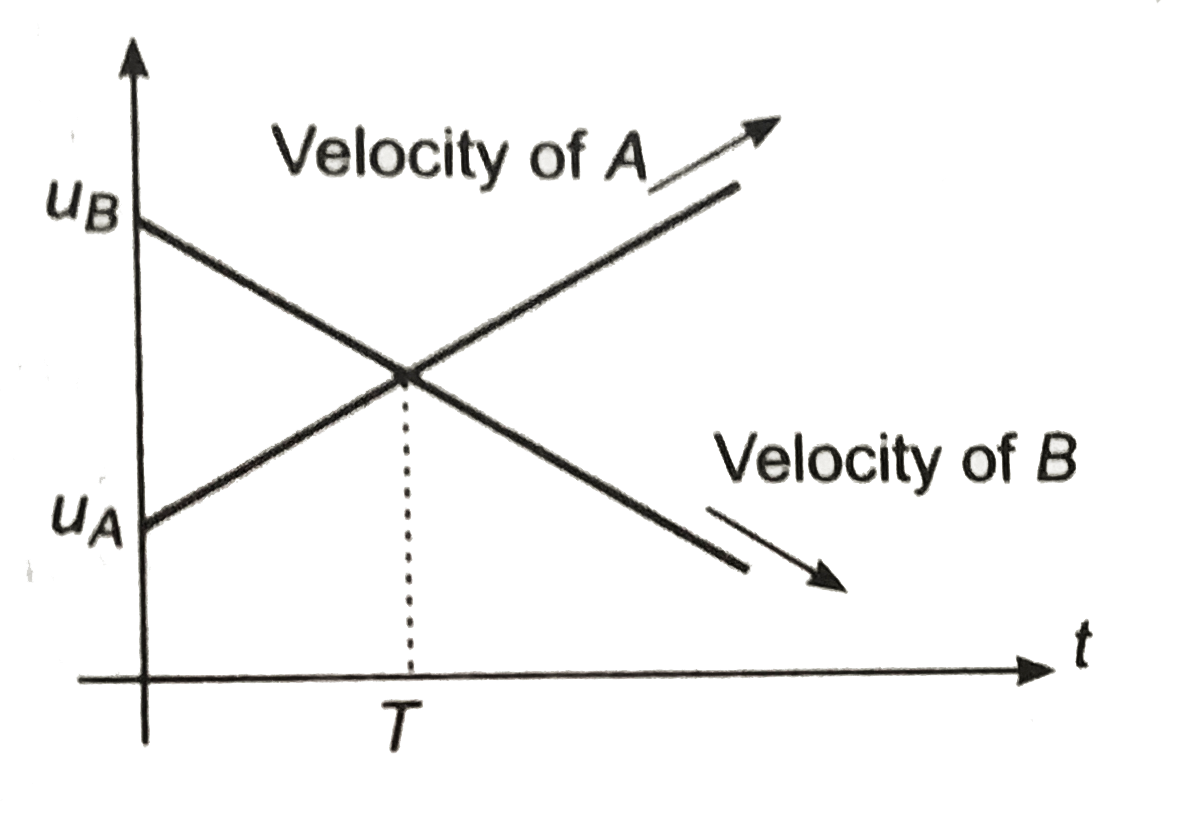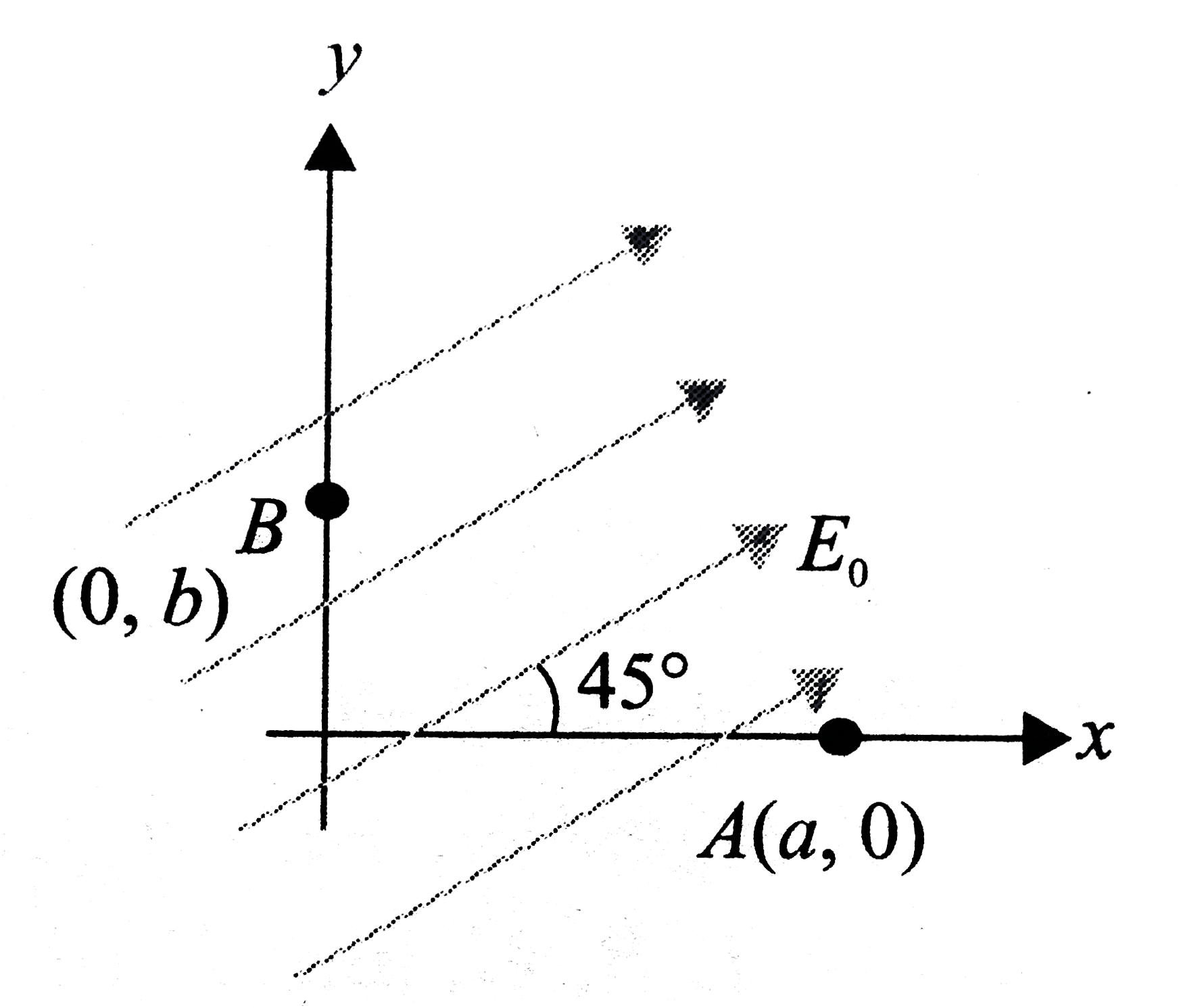Equal torques asct on the discs A and B of theh previous problem, initially both being at rest. At a later instant, theliear speeds of a point on therim of a A another potin on the rim of B are VAandVB respectively. We have
VA<VB
VA=VB
VA<VB
the relation depends on the tactual magnitude of the torques
The correct Answer is:A
Step by step video, text & image solution for Equal torques asct on the discs A and B of theh previous problem, initially both being at rest. At a later instant, theliear speeds of a point on therim of a A another potin on the rim of B are V_A and V_B respectively. We have by Physics experts to help you in doubts & scoring excellent marks in Class 11 exams.
Updated on:21/07/2023Topper's Solved these Questions
- ROTATIONAL MECHANICSBOOK - HC VERMACHAPTER - ROTATIONAL MECHANICSEXERCISE - Objective 2
15 Videos
- ROTATIONAL MECHANICSBOOK - HC VERMACHAPTER - ROTATIONAL MECHANICSEXERCISE - Exercises
86 Videos
- ROTATIONAL MECHANICSBOOK - HC VERMACHAPTER - ROTATIONAL MECHANICSEXERCISE - Short Answer
22 Videos
- REST AND MOTION : KINEMATICSBOOK - HC VERMACHAPTER - REST AND MOTION : KINEMATICSEXERCISE - Exercises
51 Videos
- SIMPLE HARMONIC MOTIONBOOK - HC VERMACHAPTER - SIMPLE HARMONIC MOTIONEXERCISE - Exercises
58 Videos
Similar Questions
Equal torques asct on the discs A and B of theh previous problem, initially both being at rest. At a later instant, theliear speeds of a point on therim of a A another potin on the rim of B are VAandVB respectively. We have
View SolutionIn the previous problem, initially the insect is at the edge and the disc is rotating with angular speed ω0 in clockwise direction. Now the insect starts walking along the rim with speed v relative to the disc also in clockwise direction. Find new angular speed of platfrom.
View Solution
Knowledge Check
A circular disc A of radius r is made from an iron plate of thickness t and another circular disc B of radius 4r is made from an iron plate of thickness t/4. Equal torques act on the discs A and B, initially both being at rest. At a later instant, the linear speeds of a point on the rim of A and another point on the rim of B are vA and vB, respectively. We have
AvA>vBBvA=vBCvA<vBDThe relation depends on the actual magnitude of the torques.A situation is shown in which two objects A and B start their motion from same point in same direction. The graph of their velocities against time is drawn. uAanduB are the initial velocities of A and B respectively. T is the time at which their velocities become equal after start of motion. You cannot use the data of one question while solving another question of the same set. So all the questions are independent of each other.
6. Let vAandvB be the velocities of the particles A and B respectively at the moment A and B meet after start of the motion. If uA=5ms−1anduB=15ms−1, then the magnitude of the difference of velocities vAandvB is
 A5ms−1B10ms−1C15ms−1Ddata insufficient
A5ms−1B10ms−1C15ms−1Ddata insufficientA and B are two points on the axis and the perpendicular bisector of an electric dipole. A and B are far away from the dipole and at equal distances from it. The potentials at A and B are VAandVB respectively. Then
AVA=VB=0BVA=2VBCVA≠0,VB=0DVA≠0,VB≠0
Two particles A and B initially at rest, move towards each other, under mutual force of attraction. At an instance when the speed of A is v and speed of B is 2v, the speed of centre of mass (CM) is
View SolutionTwo particles A and B with particle A having mass m, are moving towards each other under their mutual force of attraction. If their speeds at certain instant are v and 2v respectively, then find the K.E. of the system.
View SolutionConsider the elastic collision f two bodies A and B of equal mass. Initially B is at rest and A moves with velocity v. After the collision -
View SolutionA uniform electric field E0 exists in a region at angle 45∘ with the x - axis. There are twom point A(a,0)andB(0,b) having potential VAandVB, respectively, then
 .
.
View SolutionTwo particles A and B initially at rest, move towards each other, under mutual force of attraction. At an instance when the speed of A is v and speed of B is 2v, the speed of centre of mass (CM) is
View Solution
